وليام أشيف
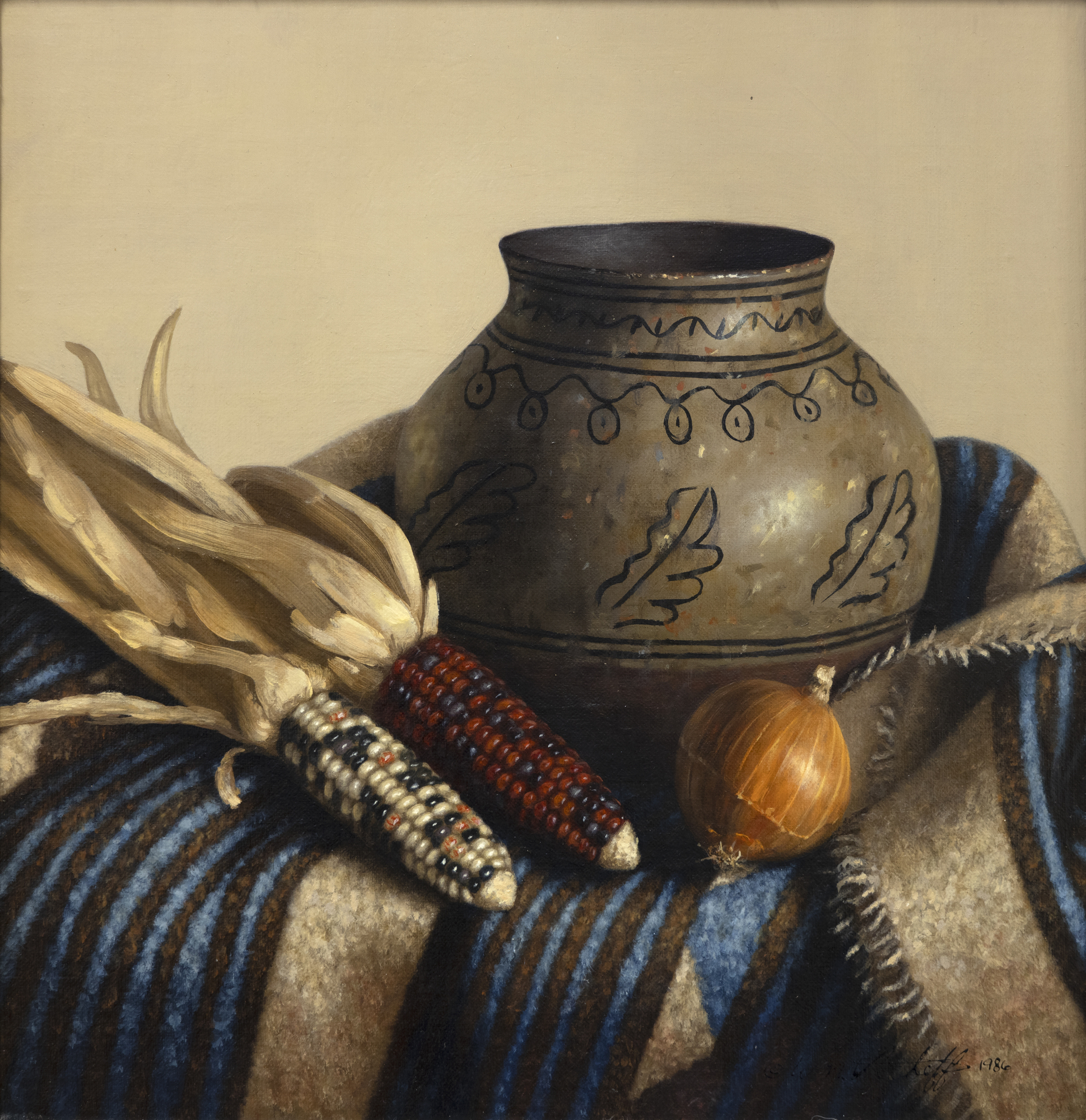
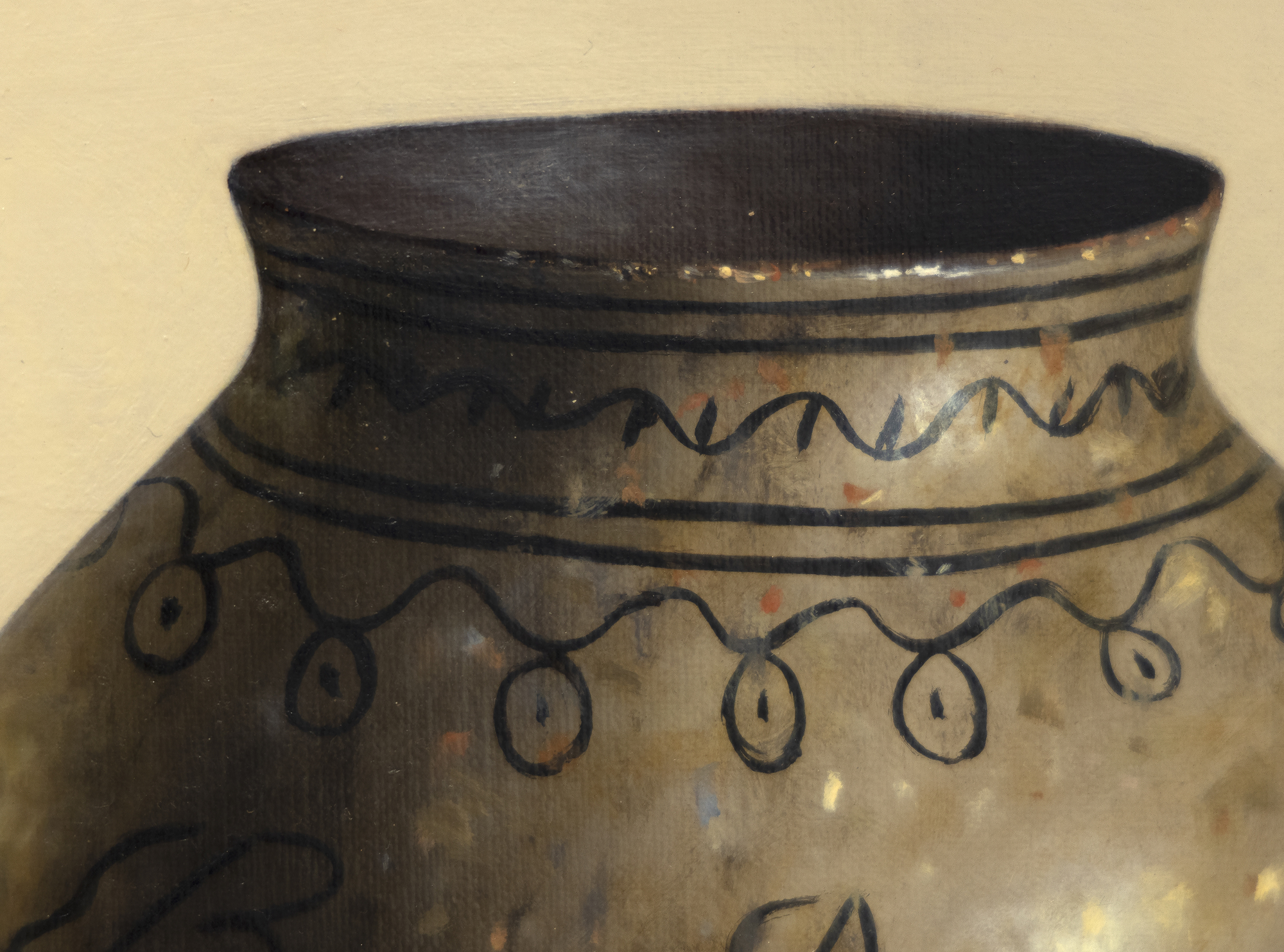
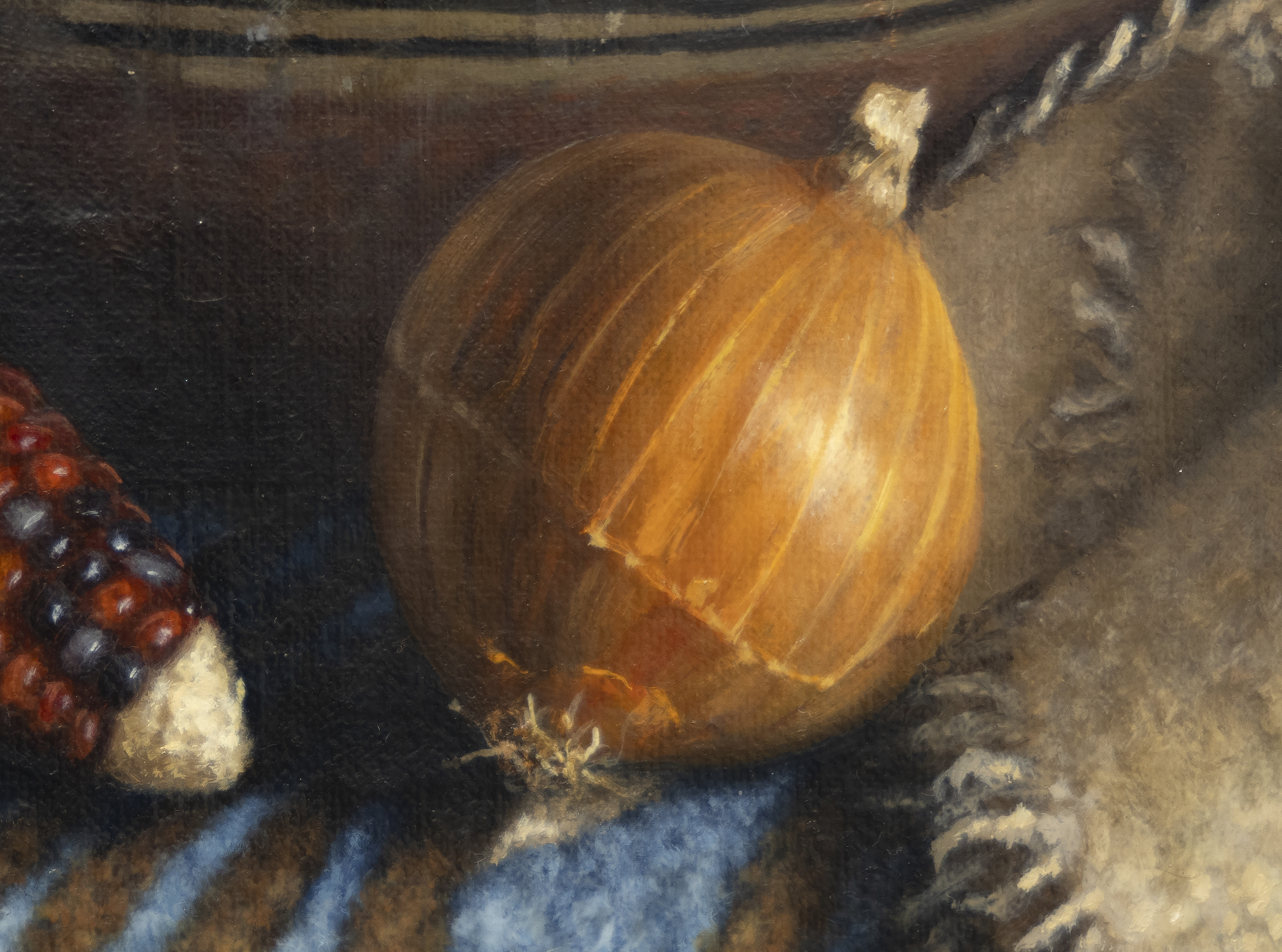
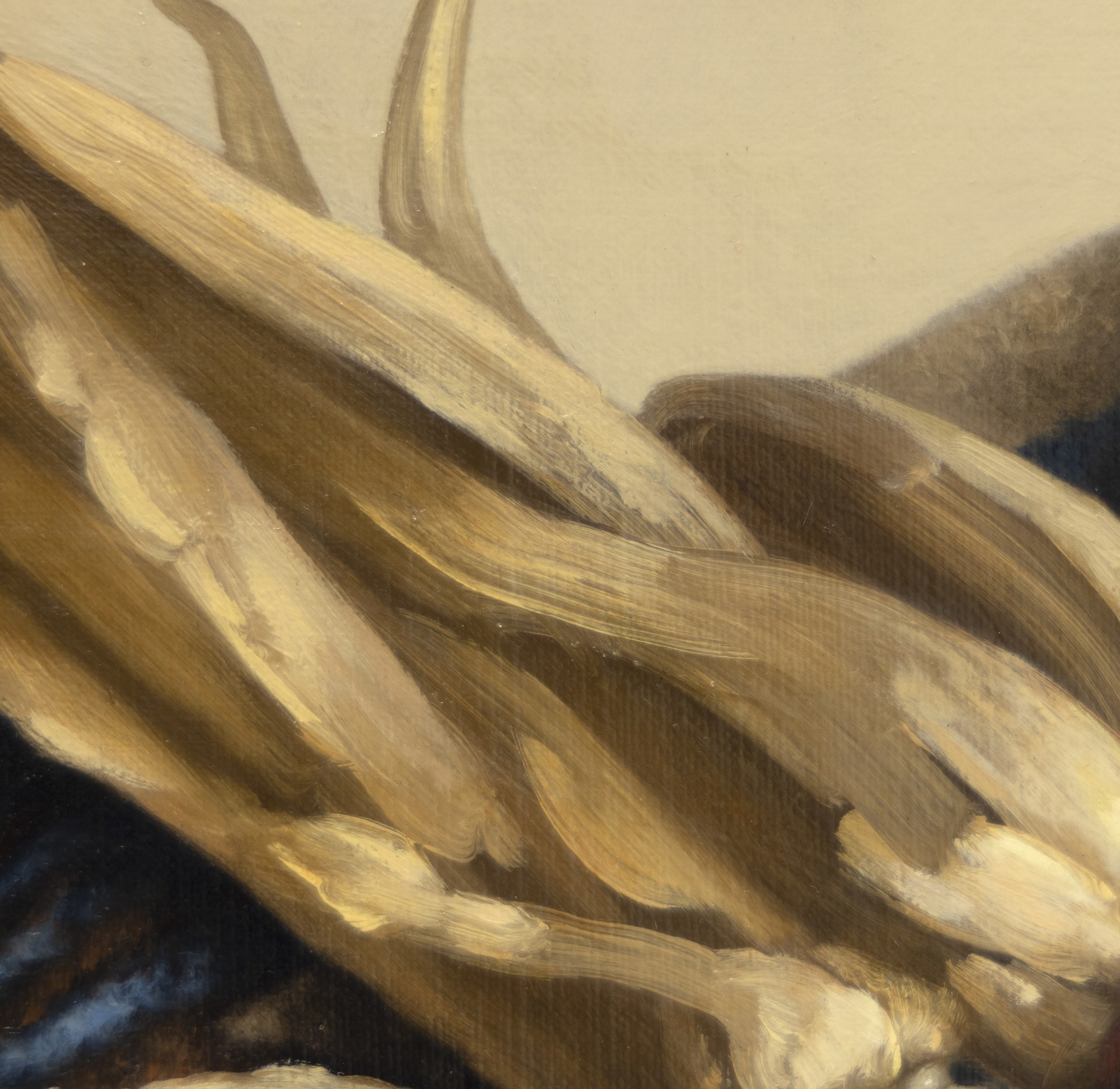
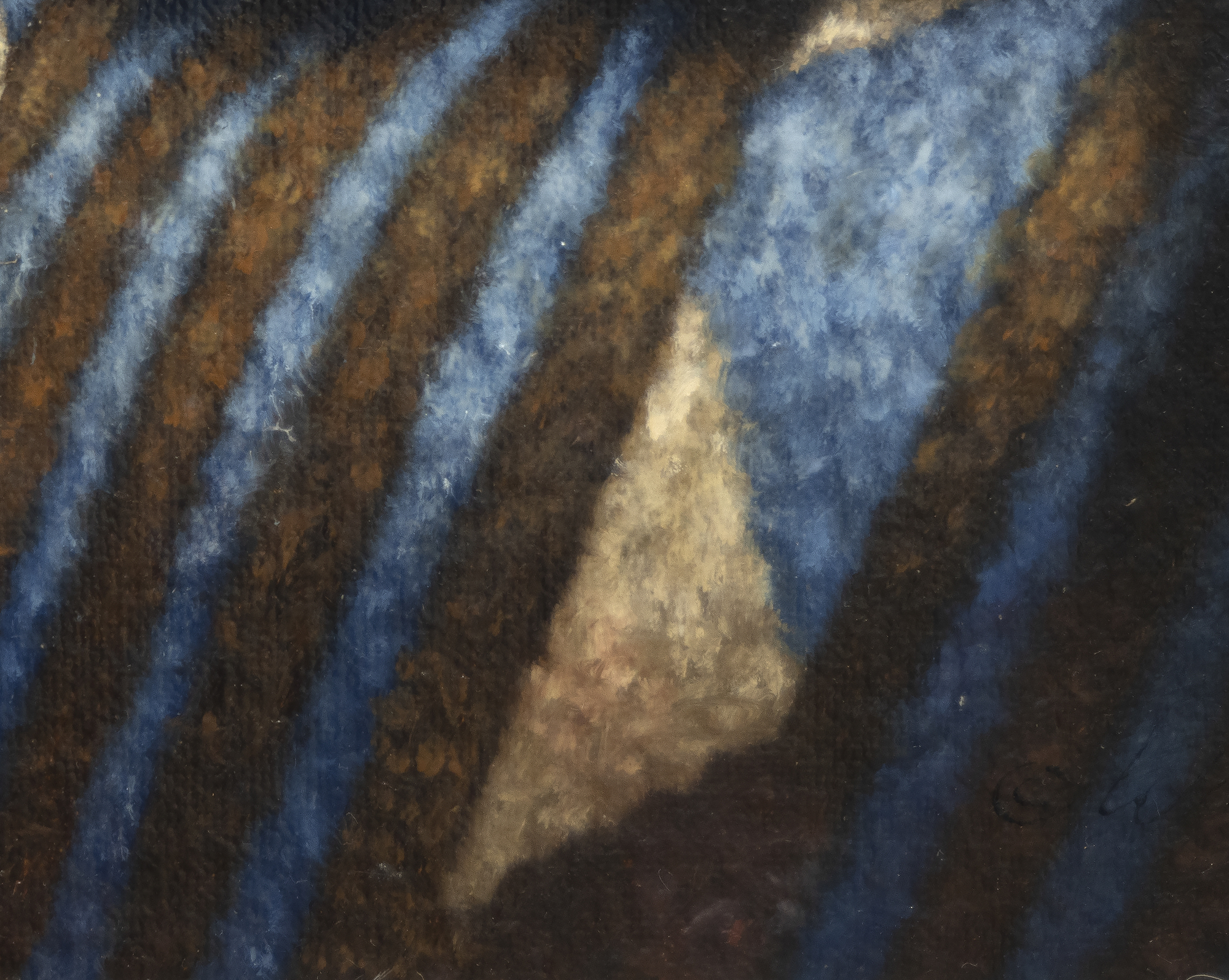
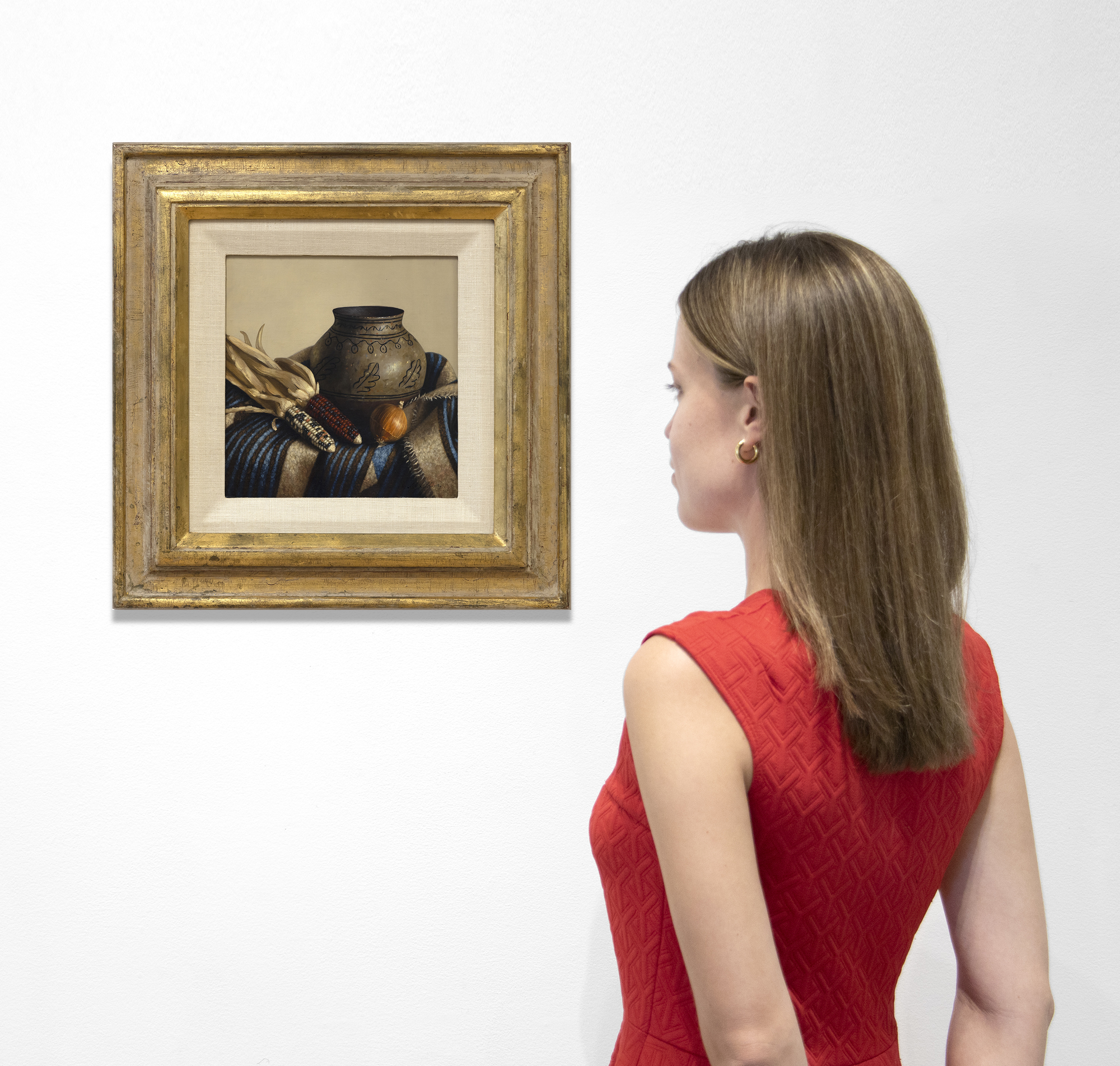
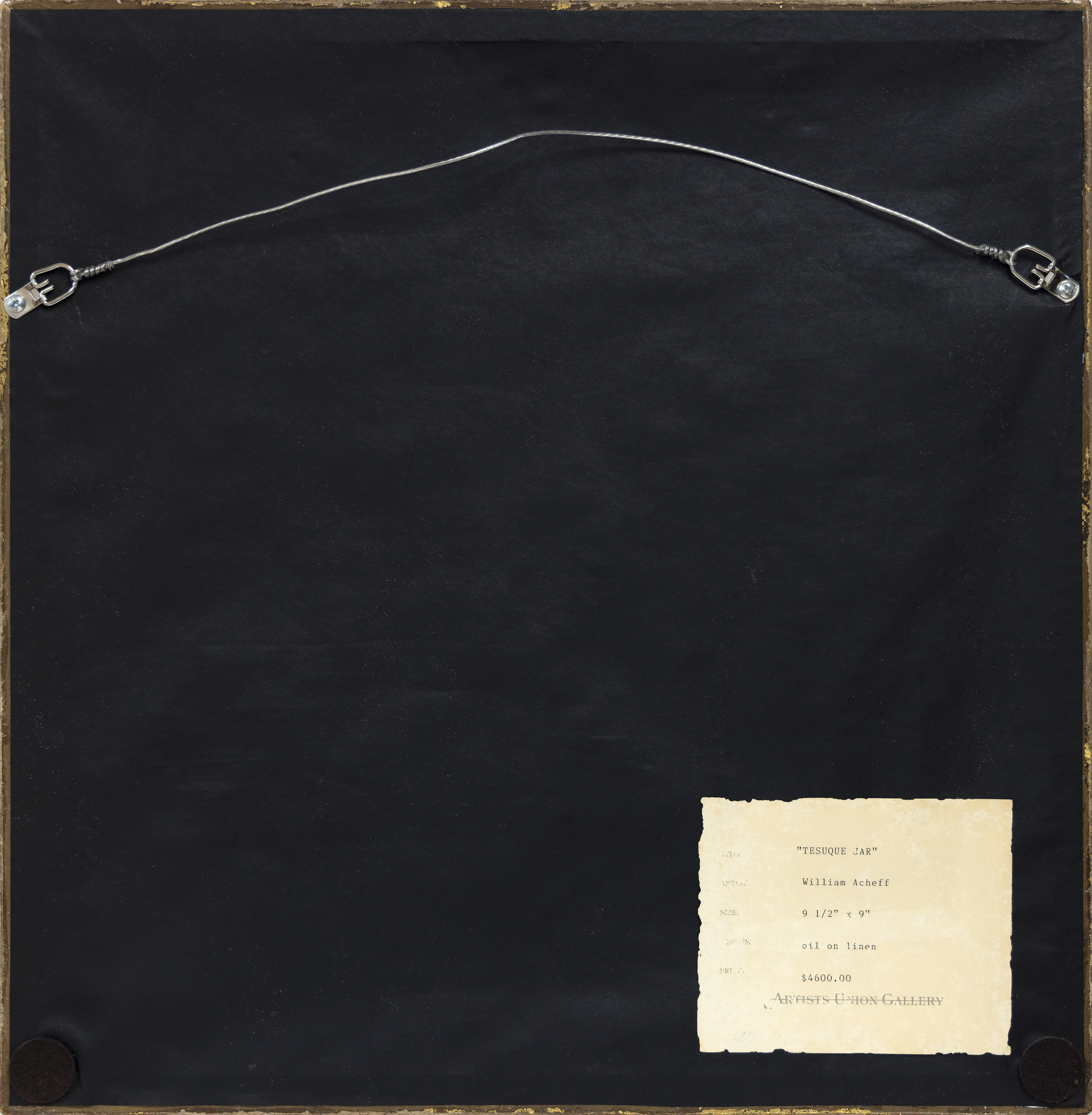
الاصل
مجموعه خاصهولد Acheff عام 1947 في أنكوريج ، ألاسكا ، وهو من التراث الجورجي والروسي والاسكتلندي والهولندي وألاسكا-أثاباسكان. تدرب بشكل كلاسيكي في سان فرانسيسكو ، وانتقل إلى تاوس في عام 1973 ويستمر في الرسم بهذه الطريقة المميزة المعترف بها على نطاق واسع ، وغالبا ما يمزج القطع الأثرية وتقاليد الماضي مع العناصر والإعدادات المعاصرة.
يظهر Tesque Jar جرة طينية الجسم (أولا) من Pueblo of Tesuque ، Tesugeh Owingeh ("قرية المكان الضيق لأشجار خشب القطن") ، الواقعة في شمال نيو مكسيكو. تغطي أوطان أجدادهم كامل O'gah Po'oge (سانتا في) ، والفخار ، والكثير منه من أواخر القرن التاسع عشر وأوائل القرن العشرين ، يحظى بتقدير كبير من قبل هواة الجمع.


